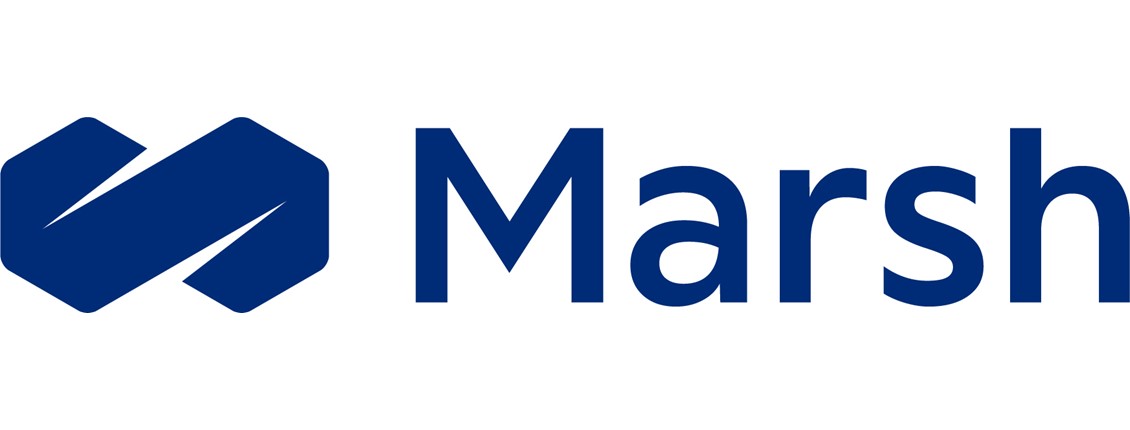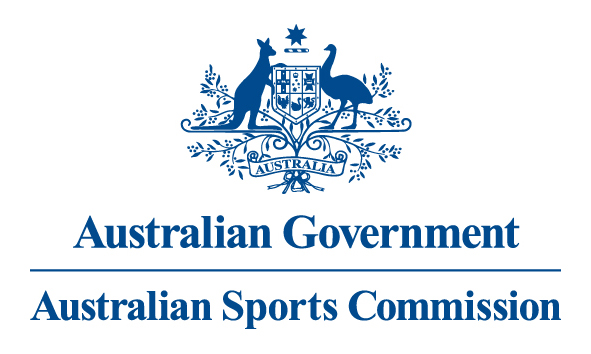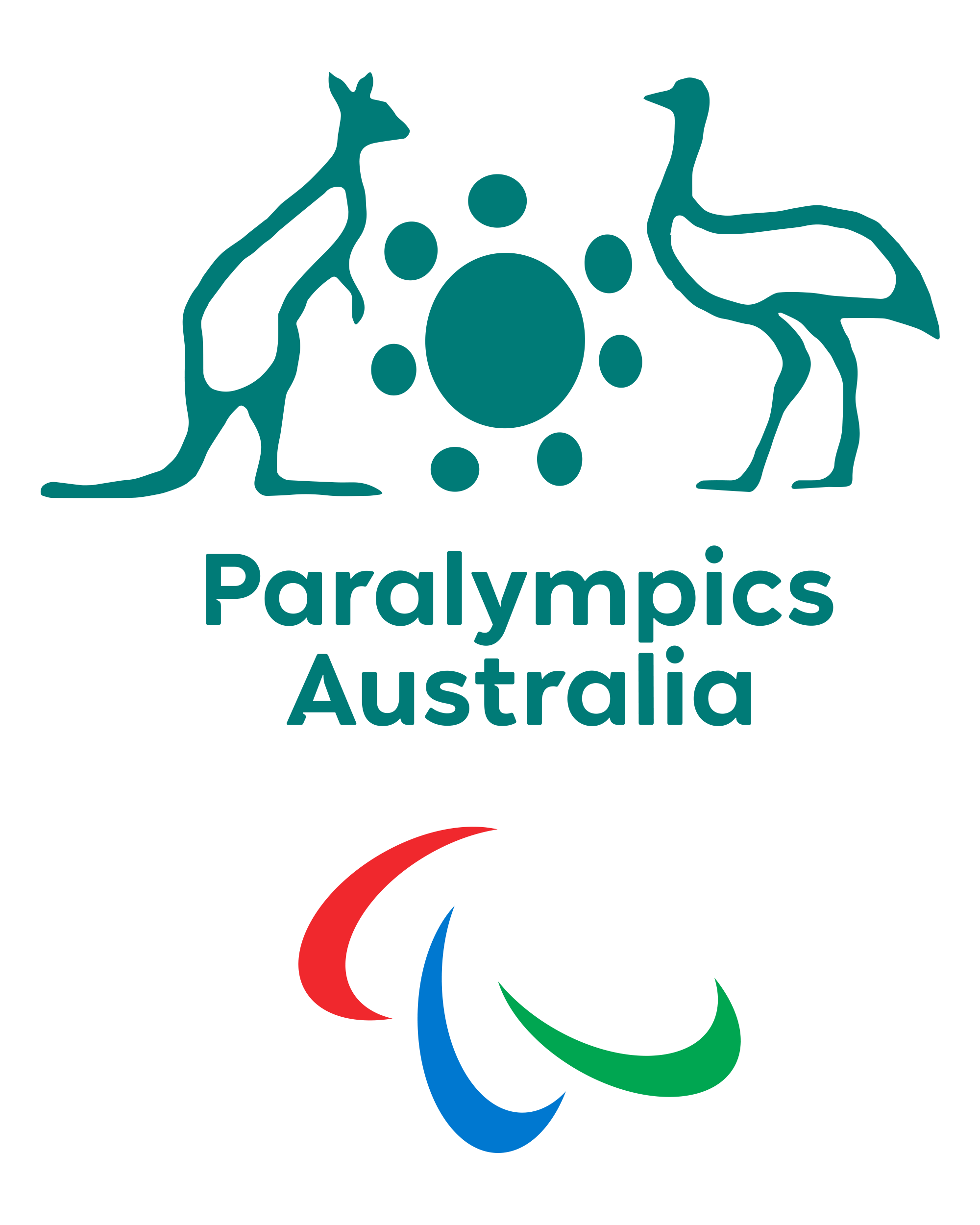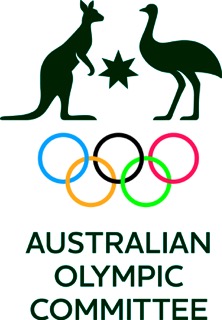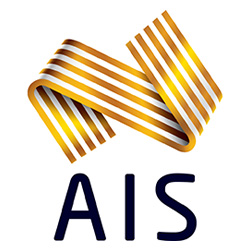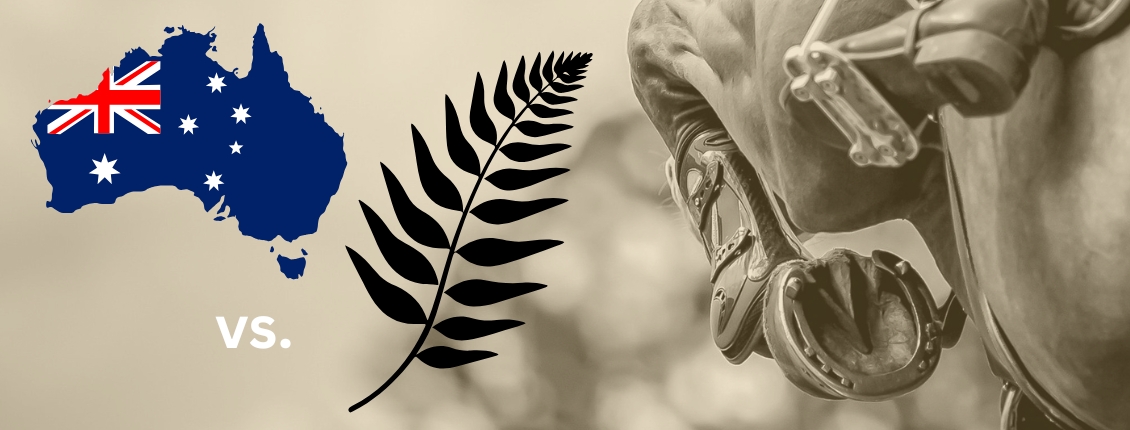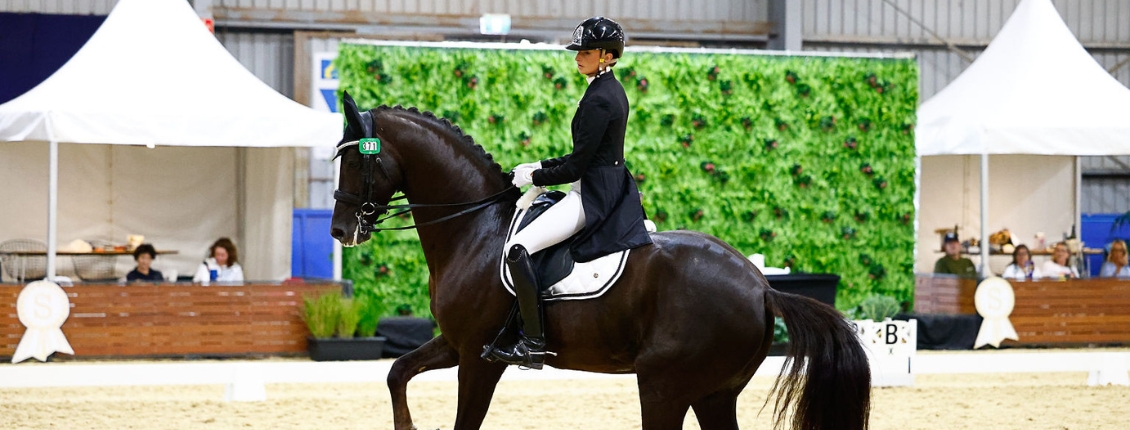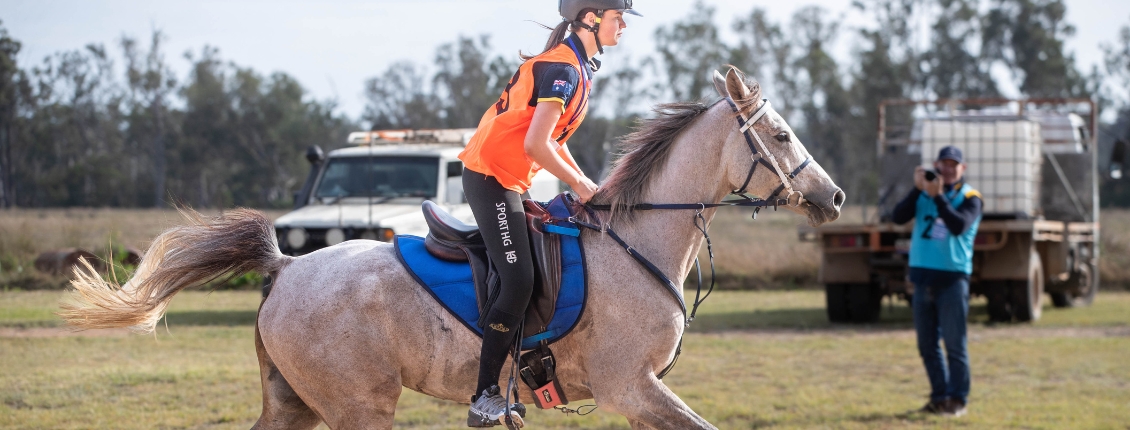Equestrian Australia are responsible for managing National Classification, allowing athletes to participate in Para Equestrian competitions. We work closely with Paralympics Australia (PA) and the Federation Equestre Internationale (FEI) to ensure the classification system is compliant with their wider rules and regulations.
National Classification is made possible by a group of volunteers who form our National Classification Panel. They are fully qualified doctors and/or physiotherapists who have been trained in Para Equestrian Classification.
PARA DRESSAGE CLASSIFICATION:
The classification system is designed to allow riders to compete on equal terms against each other in Para Dressage. Athletes are classified according to their disability across a range of five grades, which determine the complexity of the movements that they perform with their horses.
There are five classification grades - Grade I is for athletes whose impairment has the greatest impact on their ability to ride, while Grade V is for athletes whose impairment has the least impact on their ability to ride
To start competing in Para Equestrian Competitions, you will need to be classified to determine which grade you can compete in. In order to be classified, you must be medically diagnosed as having a permanent, physical impairment that can be measured objectively by a physiotherapist/doctor trained in the Para Equestrian Classification System.
ELIGIBLE IMPAIRMENTS FOR PARA EQUESTRIAN
| Eligible Impairment | Description | Examples of Underlying Health Conditions | Minimum Impairment Criteria |
| Impaired Muscle Power | Athlete has a health condition that either reduces or eliminates their ability to voluntarily contract their muscles in order to move or to generate force | Spinal cord injury (complete or incomplete, tetra-or paraplegia or paraparesis), muscular dystrophy, post-polio syndrome and spina bifida | Greater than 15% loss of power, in at least one upper and/or lower limb |
| Impaired Passive Range of Movement/Restricted joint movement | Arthrogryposis and contracture resulting from chronic joint immobilisation or trauma affecting a joint | Greater than 15% loss of range of movement in at least one upper and/or lower limb | |
| Loss of limbs | Total or partial absence of bones or joints as a consequence of trauma | Traumatic amputation, illness (for example amputation due to bone cancer) or congenital limb deficiency (for example dysmelia) | Greater than 15% loss of power, or range of movement in at least one upper and/or lower limb |
| Leg Length Difference | A difference in the length of the athlete's legs | Dysmelia and congenital or traumatic disturbance of limb growth | Greater than 15% loss of power, or range of movement in at least one upper and/or lower limb |
| Short Stature | Athlete has a reduced length in the bones of the upper limbs, lower limbs and/or trunk | Achondroplasia, growth hormone dysfunction, and osteogenesis imperfecta | Greater than 15% loss of power, or range of movement in at least one upper and/or lower limb |
| Hypertonia | An increase in muscle tension and a reduced ability of a muscle to stretch caused by damage to the central nervous system | Cerebral palsy, traumatic brain injury and stroke | Greater than 15% loss of coordination in at least one upper and/or lower limb |
| Ataxia | Uncoordinated movements caused by damage to the central nervous system | Cerebral palsy, traumatic brain injury, stroke and multiple sclerosis | Greater than 15% loss of coordination in at least one upper and/or lower limb |
| Athetosis | Continual slow involuntary movements | Cerebral palsy, traumatic brain injury and stroke | Greater than 15% loss of coordination in at least one upper and/or lower limb |
| Vision Impairment | Impairment of the eye structure, optic nerves or pathways, or vision area of the brain, resulting in loss of vision in both eyes | Albinism, macular degeneration, macular or cone rod dystrophy and retinitis pigmentosa | Based on the athlete's best eye with the better optical correction possible vision. The Non Eligible have visual acuity equal or better than LogMAR 0.9 and / or visual field diameter equal or greater than 40 degrees tested with a III/4 stimulus in Goldmann perimeter (or equivalent in automatic perimeters) |
PARA DRESSAGE APPLICATION:
In order to process your application, complete the Medical Diagnostic Form:
and submit a classification application:
Submit a Classication Application
VISION IMPAIRMENT:
Paralympics Australia manage the National Classification Program for Vision Impairment. If you have a vision impairment (VI) and would like to start the process of getting a VI classification, you need to contact Paralympics Australia and go through their classification process. Once you have received confirmation of your classification from Paralympics Australia, Equestrian Australia will add you to the Classification Master List
VI Classification Form (Paralympics Australia website)
For any further information, contact [email protected].

